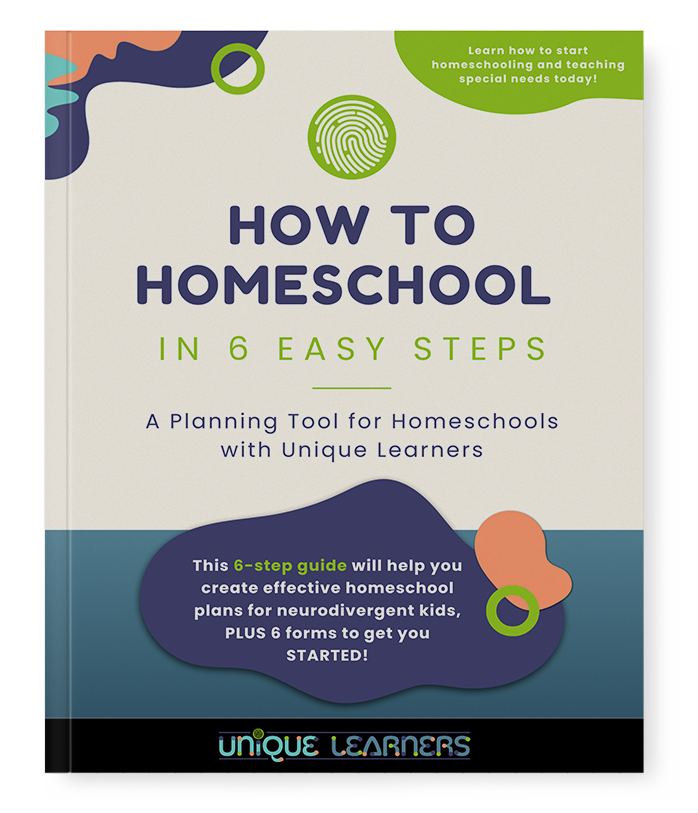As the crisp air of January ushers in a fresh start, it also beckons homeschoolers to embark on new educational adventures. January holds opportunities to initiate creativity into your homeschool learning. With the hustle and bustle of the holiday season behind us, January offers a blank slate brimming with opportunities for engaging and immersive educational activities. It’s time to set new routines and infuse a burst of imagination with these January ideas into your homeschooling schedule. Think of your January as the path leading to exciting journeys filled with discovery and wonder.
Imagine your homeschool days bursting with activities that ignite curiosity and encourage exploration. From crafting unique snowflakes to diving into stories of historical winter expeditions, every day presents a chance to learn through hands-on experiences. Whether it’s incorporating a science experiment about the magic of crystallization or exploring the geometric beauty of snowflakes, these innovative January ideas will transform chilly days into warm moments of connection and growth. By interweaving creative projects, thematic lessons, and seasonal celebrations, you can turn each day into a quest, making the month of January a delightful adventure for you and your learners to cherish.
Crafting Unique Snowflakes: Engaging Hands-On Art Projects
January ideas for winter brings with it the enchanting beauty of snowflakes, each one a unique masterpiece. Why not bring this magic into your homeschooling days by engaging in hands-on art projects that allow your learners to craft their own one-of-a-kind snowflakes? Not only will this activity spark their creativity, but it will also teach them about symmetry and patterns.
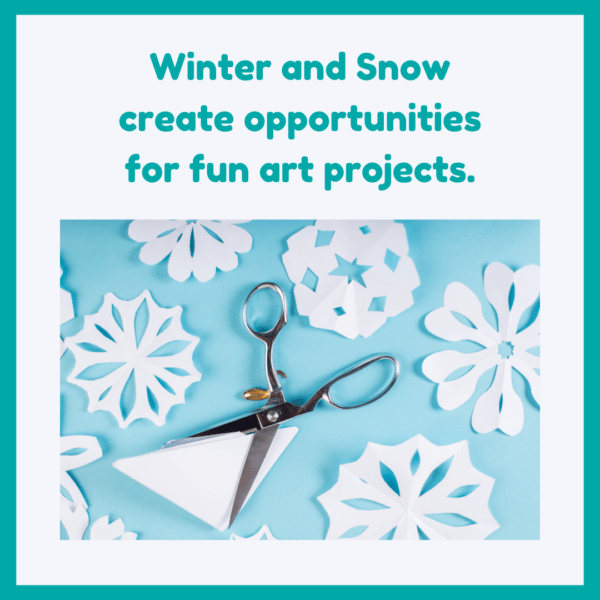
To get started, gather some basic art supplies such as paper, scissors, and glue. You can also add a touch of sparkle with glitter, sequins, or watercolor paints on salt. Begin by discussing the concept of symmetry with your learners and explaining how snowflakes are symmetrical in nature. Show them examples of real snowflakes or images from books to inspire their designs.
Encourage your learners to fold the paper and experiment with cutting out shapes to create unique snowflake patterns. Discuss that 2 and 3 are factors of 6, and teach your kids how to fold a square of paper in half and then in thirds. Use pattern blocks to talk about hexagons and two hexagons that are created when folding paper for a snowflake. Have kids use a pencil or light blue colored pencil to draw shapes from the edges. Of course, they need to leave space between the shapes, so their snowflake doesn’t fall apart. When they unfold their creations, the intricate designs they have made will be revealed.
Once they have finished cutting out their snowflakes, provide them with glue and glitter or sequins to decorate their creations. This will add a touch of sparkle and make their snowflakes truly special. You can also have them make school glue lines on their snowflakes, shake regular table salt on the glue. Once dry, color the salt with water color paints. So pretty! Hang them up around your homeschooling space or display them on a window to showcase their artistic achievements.
January Ideas for Historical Winter Expeditions: Unveiling Stories of Exploration
January is the perfect time to delve into stories of historical winter expeditions that took place in various parts of the world. By exploring these tales of bravery and adventure, you can transport your learners back in time and ignite their curiosity about different cultures and environments.
For historical-themed January ideas, choose a few notable winter expeditions from history, such as Roald Amundsen’s journey to the South Pole or Ernest Shackleton’s ill-fated Antarctic expedition. The tragic story of the Donner party fascinates older students in high school. If you are studying American history, discuss George Washington and troops wintering at Valley Forge. Lewis and Clark’s Corp of Discovery wintered at Fort Mandan in North Dakota one year, and Fort Clatsop on the West Coast the next year.
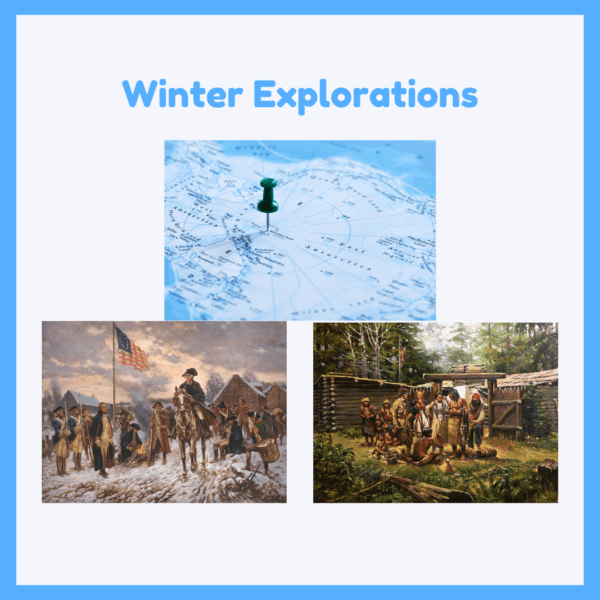
Read books or watch documentaries together that recount these expeditions, discussing the challenges faced by the explorers and the discoveries they made. You may even find virtual tours online to walk around exploring amazing places.
To make the learning experience even more immersive, consider incorporating hands-on activities related to these expeditions. For example, you could simulate a sled dog race like the Iditarod by setting up a small obstacle course in your backyard or using toy sleds indoors. This will give your learners a taste of what it was like for explorers who relied on sled dogs for transportation.
You can also encourage your learners to create their own journals or diaries, imagining themselves as explorers embarking on their own winter expedition. They can document their thoughts, observations, and discoveries along the way. This activity not only fosters their writing skills but also allows them to reflect on their own learning journey.
Geometric Gems: Discovering the Beauty of Snowflakes
Real snowflakes are not only visually stunning but also hold hidden mathematical wonders perfect for creative January ideas. By exploring the geometric properties of snowflakes, you can introduce your learners to concepts such as symmetry, angles, and patterns.
Start by examining real snowflakes or images of snowflakes under a magnifying glass or microscope. Point out the intricate patterns and symmetrical shapes that make each snowflake unique. Discuss how these patterns are formed through crystallization and how temperature affects their structure.
Next, engage your learners in January ideas for hands-on activities that allow them to explore geometric concepts through snowflake-themed projects. Challenge them to arrange these shapes in various ways to create symmetrical snowflake designs. Encourage your learners to experiment with different angles and rotations as they build their snowflake creations.
They can use rulers or protractors to measure angles and discuss concepts such as acute angles or right angles. This activity not only reinforces geometry skills but also encourages critical thinking and problem-solving. To further deepen their understanding, you can also introduce them to the concept of fractals, which are self-repeating patterns found in nature. Show them examples of fractal snowflakes and discuss how they are formed through the repetition of smaller geometric shapes. Teens LOVE fractals!
The Science of Snow: Delving into Crystallization Magic
Snow is not just frozen water; it’s a fascinating natural phenomenon that can teach your learners about the science of crystallization. By exploring the process by which snowflakes form, there are some fun January ideas you can use to introduce them to concepts such as freezing point, nucleation, and crystal structures.
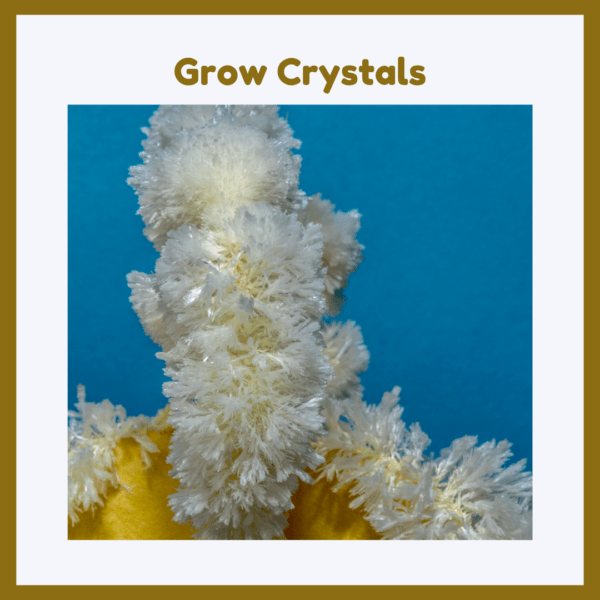
Begin by discussing how water molecules arrange themselves differently when they freeze compared to when they are in liquid form. Explain that when water freezes, it forms a crystal lattice structure, which gives snowflakes their unique shapes.
You can use visual aids or diagrams to illustrate this concept. To demonstrate the process of crystallization, you can conduct a simple science experiment with your learners. Fill an ice cube tray with water and place it in the freezer. As the water freezes, explain how the molecules come together to form ice crystals. Once the ice cubes have formed, take them out and examine their shapes under a magnifying glass or microscope. Encourage your learners to make observations about the different shapes and sizes of the ice crystals. Discuss why each ice cube has its own unique pattern and how factors such as temperature and impurities in the water can affect crystal formation.
For more January ideas, you can also extend this activity by creating homemade snowflakes using borax crystals. Dissolve borax powder in hot water and let it cool down slightly. Then dip pipe cleaners shaped like snowflakes into the solution and let them sit overnight. Add food coloring if you’d like to make pastel colored crystals. The next day, your learners will be amazed to find beautiful crystal snowflakes hanging from their creations.
By delving into the science behind snowflakes, you not only foster an appreciation for nature but also encourage scientific inquiry and observation skills in your learners.
January Ideas for Literary Escapades: Immersing in Winter-themed Stories
Winter is the perfect time to cozy up with a good book and immerse yourself in winter-themed stories. By incorporating literature into your homeschooling schedule, you can ignite your learners’ imaginations and foster a love for reading. Start by curating a collection of winter-themed books that are appropriate for your learners’ age and reading level. Look for stories that capture the magic of winter, whether it’s tales of snow adventures, cozy family moments by the fireplace, or heartwarming friendships formed during the cold season.
One of my favorite winter books is Stone Fox, by John Reynolds Gardiner. At about a second grade level, it can be a fast read for upper elementary kids to gain confidence. It also appeals to middle and high schoolers who read far below grade level. The story is about a boy who runs in a dog sled race for a noble purpose!
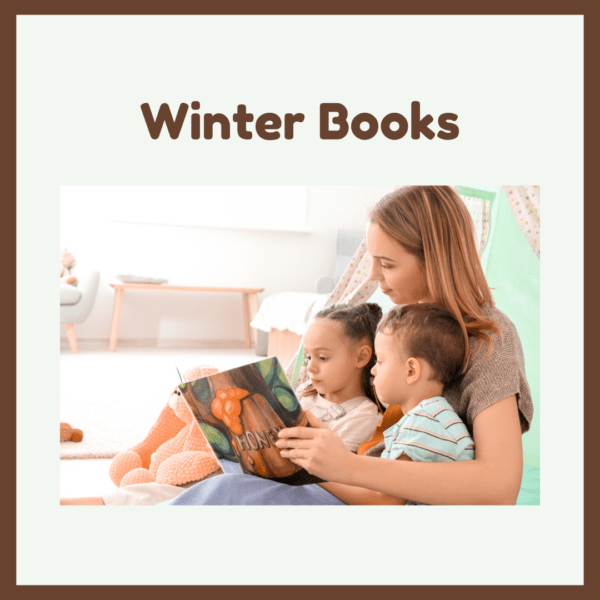
Set aside dedicated reading time each day where you and your learners can snuggle up with a book. You can also add a book basket in a comfy corner to encourage kids to just relax and read! Maybe you want to try “strewing” a few books in every room for your kids to notice as they move around.
Encourage them to choose their own books or take turns reading aloud to each other. This not only improves their reading skills but also allows them to explore different genres and authors. To make the literary experience even more engaging, consider incorporating related activities or projects inspired by the books you read.
For example, if you read a story about building snowmen, you can take your learners outside to build their own snow sculptures – at least if you live where it snows. If you read a story about animals hibernating during winter, you can create a diorama depicting their cozy hibernation spots.
Encourage your learners to discuss the themes and messages conveyed in the books they read. Narrating from a book is a key feature of Charlotte Mason homeschooling, but any homeschool family can incorporate having kids retell a story or explain what they gleaned from a nonfiction book. You can ask open-ended questions that promote critical thinking and reflection. Use sentences starting with Who? What? When? Where? Why? and How? Kids can also make fun book report projects or create artwork inspired by their favorite winter-themed stories.
By immersing themselves in winter literature, your learners will not only improve their reading skills but also develop empathy, expand their vocabulary, and gain a deeper understanding of different cultures and perspectives.
Artistic Flair: Creating Seasonal Masterpieces
January is an ideal time to unleash your learners’ artistic flair as they create seasonal masterpieces inspired by winter landscapes, frosty mornings, or cozy indoor scenes. By incorporating art into your homeschooling routine, you can nurture their creativity and self-expression.
Start by exploring different art techniques and mediums that are suitable for winter-themed projects. For example, you can experiment with acrylic or tempera paints mixed with white to capture the soft hues of a snowy landscape or use artist chalks to create vibrant winter sunsets. Encourage your learners to try different techniques and discover their own artistic style. Provide them with a variety of art supplies such as paints, brushes, canvases, or sketchbooks.
For a variety of January ideas, brainstorm subjects related to winter, such as snow-covered trees, ice skaters on a frozen pond, or animals in their winter habitats. Encourage your children to observe the details and textures of these subjects and translate them onto paper or canvas. To make the artistic experience even more immersive, consider taking your learners on outdoor sketching sessions. Bundle up in warm clothes and venture outside to capture the beauty of nature during winter. Encourage them to observe the shapes and patterns found in snowflakes or the play of light on icy surfaces.
You can also introduce your learners to famous artists who were inspired by winter scenes. Show them paintings by artists such as Claude Monet or Vincent van Gogh and discuss how they captured the essence of winter through their brushstrokes and color choices. Display your learners’ artwork around your homeschooling space or create a virtual gallery online where they can showcase their masterpieces. This not only boosts their confidence but also allows them to reflect on their artistic growth over time.
January Ideas for Outdoor Adventures: Learning in Nature’s Winter Classroom
Winter provides unique opportunities for outdoor adventures that foster hands-on learning experiences in nature’s classroom. By embracing the cold weather and venturing outside, you can teach your learners about animal adaptations, weather patterns, and seasonal changes.
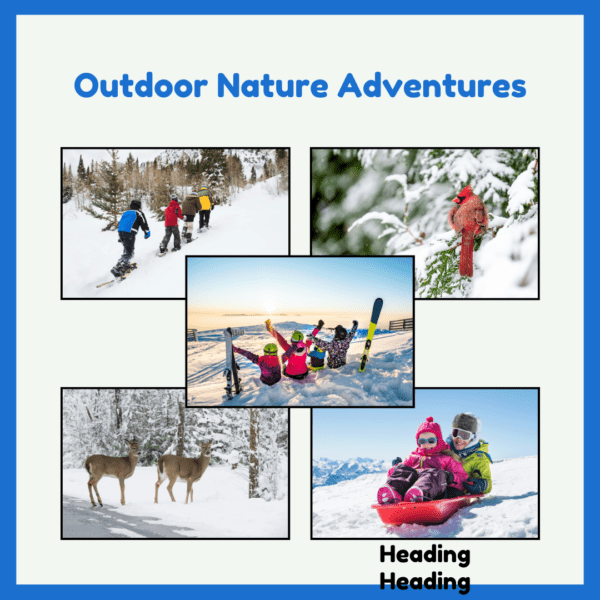
Bundle up in warm clothes and explore nearby parks or nature reserves during January. Look for signs of animal activity such as tracks in the snow, scat, or bird nests in bare trees. Discuss how animals adapt to survive the winter and how their behaviors change during this season.
Encourage your learners to become citizen scientists by participating in winter bird counts or other nature observation projects. Many communities have an Audubon club in the area. By visiting a bird watching group or environmental camp, kids can learn from experts to notice how animals survive, feed, and interact with each other and their habitat.
Provide them with binoculars, field guides, and notebooks so they can document their findings. This activity not only teaches them about different species but also develops their observation and data collection skills.
Take advantage of snowy days by engaging in fun January ideas for outdoor activities, as well. As long as the temperature allows and they are dressed appropriately, kids will spend hours sledding, snowshoeing, or building snow forts. These activities provide exercise, as well as physics, engineering, and problem-solving as they experiment with different techniques for sliding down slopes or constructing sturdy snow structures.
You can also incorporate winter-themed scavenger hunts or nature-based crafts into your outdoor adventures. For example, challenge your learners to find specific types of leaves, observe tree bark, or gather natural materials such as pinecones, twigs, and berries to create winter-themed artwork.
Reflective Journaling: Encouraging Self-Expression and Growth
January is a time for reflection and setting intentions for the year ahead. Encourage your learners to engage in reflective journaling as a way to express their thoughts, emotions, and goals for the coming months. Provide each learner with a new journal or notebook where they can write freely without judgment. Set aside dedicated time each day or week for them to reflect on their homeschooling experiences, personal growth, or any other topics that are important to them. Journaling is a time when you can provide a prompt if needed, but kids could have the opportunity to keep journal writings private.
Encourage kids to write about what they have learned during January ideas for homeschooling adventures and how these experiences have impacted them. Ask open-ended questions that promote self-reflection and critical thinking. For example:- What was the most memorable activity you did this month? Why?- How did you feel when you accomplished a challenging task?- What new skills did you develop during January?- What goals do you have for the rest of the homeschooling year?
Reflective journaling not only helps your learners process their thoughts and emotions but also fosters self-awareness and goal-setting skills. It allows them to track their progress over time and celebrate their achievements.
January Ideas for Culinary Creations: Cooking Up Winter Delights
This is the perfect time to explore the culinary world and cook up winter delights and other culinary January ideas with your learners. Take your kids grocery shopping with you and show them how to select fresh produce or other ingredients needed for the recipes. By involving teens in meal planning, grocery shopping, and food preparation, you can teach them valuable life skills while also exploring different cultures and flavors.
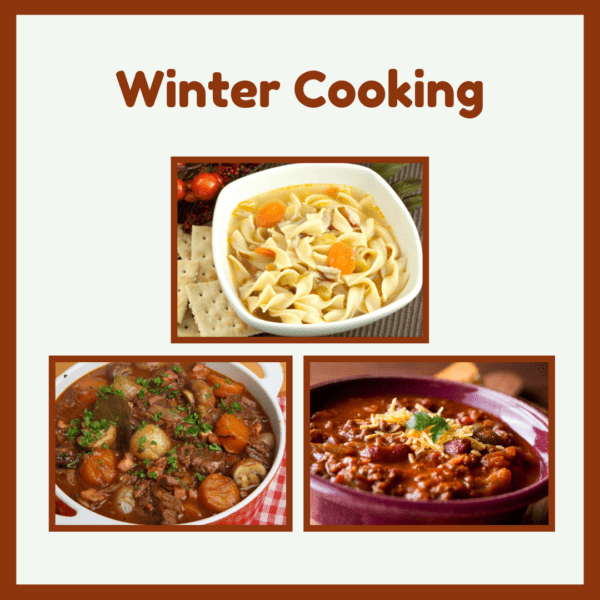
Start by brainstorming a list of winter-themed recipes for stews and soups that you and your family would like to try. Look for dishes that incorporate seasonal ingredients in your area. You can also explore traditional winter recipes from different cultures around the world.
In the kitchen, guide your kids through each step of the cooking process, teaching them about measurements, food safety, and cooking techniques along the way. Encourage each one to taste new flavors or experiment with spices to add their own twist to the recipes. Cooking together promotes teamwork, creativity, and an appreciation for different cuisines.
Of course, since it’s winter, if you have snow in your area, you could try making Snow Cream using freshly fallen snow and sweetened condensed milk. If you live in an area that never sees snow, you could just make homemade ice cream.
Involving food in your homeschool provides an opportunity for meaningful conversations about nutrition, cultural traditions, or even family stories related to food.
Embracing the Journey: Cultivating Connections and Growth in Homeschooling
Homeschooling is not just about academic learning; it’s a journey of connection and growth for both you and your learners. As you embark on January ideas and homeschool adventures together, take time to reflect on the connections you are building as a family and celebrate the growth you see in each other.
Create opportunities for open communication by setting aside dedicated family time each week. This can be a time for sharing highlights from the week, discussing challenges, or simply enjoying each other’s company. Encourage your children to express their thoughts and feelings about their homeschooling experiences and listen attentively to their perspectives. You may even want to take each child out on a small individual “date” to an ice cream shop or doing something they like that will promote interaction.
Celebrate milestones and achievements, no matter how small they may seem. Acknowledge the effort your learners put into their January ideas for projects or activities and praise their dedication and creativity. This positive reinforcement not only boosts their self-confidence but also fosters a love for learning.
Embrace flexibility in your homeschooling routine and allow room for spontaneity and exploration. If an activity or project sparks curiosity or enthusiasm in your learners, give them the freedom to dive deeper into that topic or extend the learning experience beyond what was initially planned.
Life events are bound to come up throughout the year. Some life events will be known long in advance, like the expectation of a new baby arriving in the family. For the known interruptions, you can plan January ideas ahead. Have your kids help you brainstorm how you will alter learning temporarily. Other life events will come as a surprise and can throw homeschool parents off, causing a ton of worrying about “keeping up.” Relax. Life events, both known and surprises, bring opportunities to strengthen emotional regulation and to filter what is really important to know and study. Sometimes, we must pare down to the bare basics, like reading and math. Don’t worry. The life event will change or pass, and routines can be reset.
Finally, remember to take care of yourself as a homeschooling parent. January can be a busy month filled with new beginnings and resolutions. Make sure to carve out time for self-care, whether it’s through hobbies, exercise, or simply taking moments of quiet reflection.
As you navigate January’s homeschool adventures together, remember that the journey is just as important as the destination. Embrace the connections you are building with your children and celebrate the growth you see in each other along the way. January is a month full of opportunities for engaging hands-on art projects, historical explorations, scientific discoveries, literary escapades, culinary creations, outdoor adventures, reflective journaling, and cultivating connections in homeschooling. By infusing creative January ideas, you can spark curiosity and ignite a love for learning in your learners. Embrace this season of growth and exploration as you embark on educational adventures together.
Grab your FREE e-book guide to revamp your homeschool for success!
Are you new to homeschooling, or just wanting a fresh start? Download our FREE “How to Homeschool in 6 Easy Steps” guide and get valuable insights from Sue’s 30+ years of experience as a special educator and homeschool mom of 4!
Want to know about new products and blogs?
Join our email newsletter to be the first to know about a new homeschool and special needs blog, and new products from our shop! Sign up for only the newsletter, or grab your FREE “How to Homeschool in 6 Easy Steps” guide and you will also be added to the newsletter!
Also, join our Facebook group!
Join our new “Homeschool Help for Special Needs” Facebook group! It is a place for homeschool moms to ask questions about homeschooling a child with special learning needs, share teaching and curriculum ideas that have worked (and those that bombed), and be real about the unique challenges of homeschooling with special needs. If you want to join us, be sure to answer the member questions to help us keep this private group secure. Join us now!

